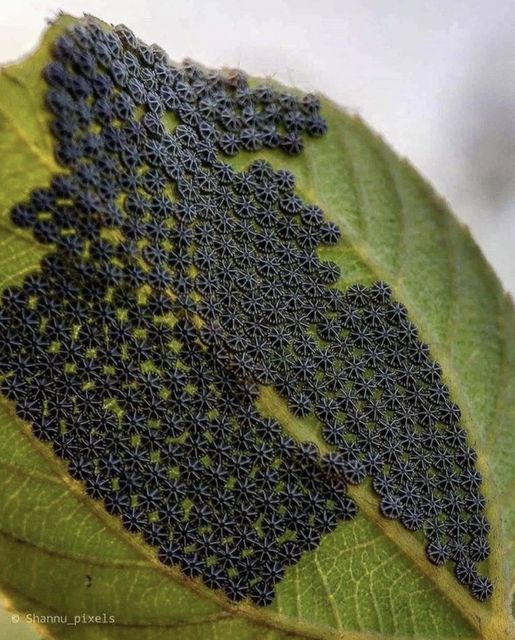The life cycle of these butterflies is really fascinating to watch. After hatching from these strange, complicated eggs, the caterpillars emerge. They are black with tiny white spots and have spiky, bristly bodies. They go through several stages called larvae, during which they shed their skin and grow larger each time.
Once fully grown, the caterpillars look for a safe place to pupate. They spin a chrysalis that is like a small sleeping bag in which they undergo their metamorphosis. This stage can last from a few weeks to several months, depending on the climate and the season. When they finally hatch, they are beautiful mourning cloak butterflies with dark, velvety wings outlined by a light yellow border and adorned with blue spots.

One of the most interesting things about mourning cloak butterflies is their behavior. Unlike many other species, these butterflies hibernate during the winter. They find a cozy spot under loose bark, in a woodpile, or even in an old shed. When spring comes, they are some of the first butterflies seen, often even before the flowers start to bloom. This early appearance is one of the reasons they are called mourning cloaks—the dark, somber wings look a bit like a mourning garment in the barren, early spring landscape.
As gardeners, we often focus on the immediate impact of insects on our plants. We see caterpillars and think, “Uh-oh, they’ll eat everything!” But it’s important to step back and look at the bigger picture. The Nymphalis Antiopa butterfly is a perfect example of nature balancing itself. Yes, the caterpillars will eat some leaves, but they won’t wreak havoc on your garden. In fact, you’re contributing to a healthier ecosystem by providing a habitat for these butterflies.
ADVERTISEMENT
